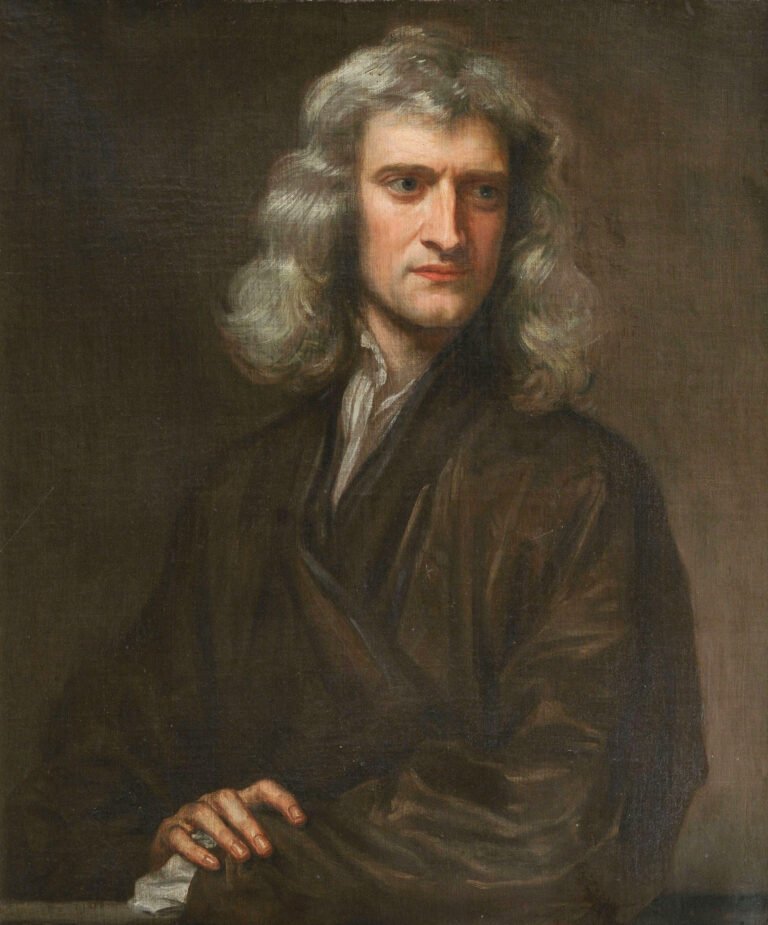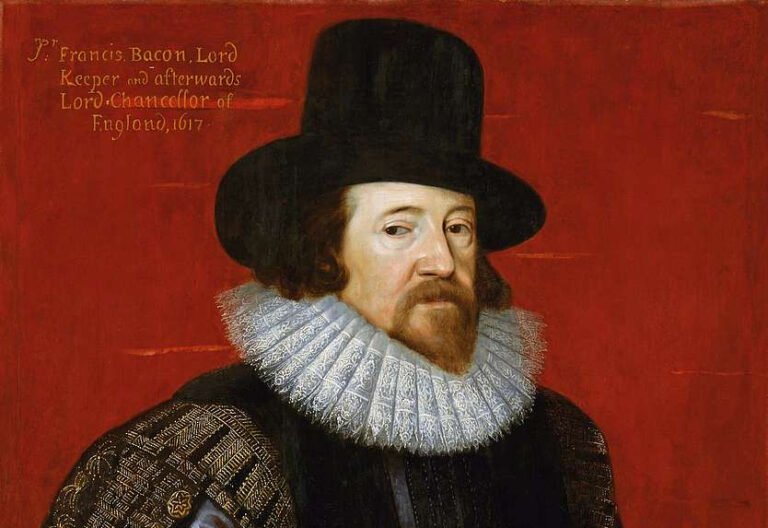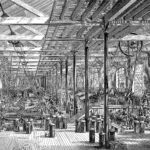King Charles I was a significant figure in British history. He reigned during a turbulent period.
Charles I ascended the throne in 1625, following his father James I. His reign was marked by intense political strife and conflict. He clashed with Parliament over issues of royal authority and finances. This led to the English Civil War, a pivotal event in British history.
Charles’s decisions and actions during this time were controversial and divided the nation. His eventual capture, trial, and execution in 1649 shocked the world. Understanding King Charles I’s reign provides insight into the foundations of modern British governance and the enduring struggle between monarchy and democracy. His story is a compelling chapter in the history of the British Isles.

Credit: en.wikipedia.org
Early Life And Ascension
King Charles I of England had a fascinating early life and journey to the throne. His story is filled with royal traditions and challenges. Let’s explore his upbringing and path to kingship.
Royal Upbringing
Charles was born on November 19, 1600. He was the second son of King James VI of Scotland and Anne of Denmark. Growing up, Charles was a sickly child and shy by nature. His older brother, Henry, was the heir to the throne. Henry’s death in 1612 changed everything for Charles.
Charles received a royal education. He studied languages, history, and the arts. He also learned the skills needed for a king. Despite his shy demeanor, he was determined to fulfill his royal duties. His upbringing prepared him well for future challenges.
Path To The Throne
Charles became the Prince of Wales in 1616. This was a significant step in his journey to kingship. As Prince of Wales, he took on more responsibilities. He engaged in state matters and represented the crown in various events.
In 1625, King James I died. Charles ascended to the throne as King Charles I of England, Scotland, and Ireland. His reign began with high hopes and expectations. The early years of his rule set the stage for his legacy as a monarch.
Political Challenges
King Charles I faced many political challenges during his reign. These challenges were marked by intense conflicts with Parliament and significant financial troubles. These issues ultimately led to his downfall and the English Civil War.
Struggles With Parliament
Charles I had ongoing conflicts with Parliament. He believed in the divine right of kings. This belief put him at odds with Parliament’s increasing desire for power and influence. The clash between the king and Parliament led to a series of disputes.
Parliament wanted more say in governance. Charles I often bypassed them. This disregard angered many members. They felt their rights were being ignored. The friction grew, leading to severe political instability. These struggles were a key factor in the outbreak of the English Civil War.
Financial Troubles
Financial issues plagued King Charles I throughout his reign. He needed money for wars and royal expenses. Parliament controlled the funds. This dependence on Parliament intensified the tension between the two.
Without Parliament’s consent, Charles resorted to unpopular methods to raise money. He imposed heavy taxes and fines. These measures were deeply resented by his subjects. Many saw them as illegal and unjust. This further weakened his position.
Charles I also tried to sell monopolies and titles. These actions led to widespread corruption. The financial mismanagement contributed to his declining support. His financial troubles were a significant factor in his eventual downfall.
Religious Conflicts
King Charles I’s reign was marked by intense religious conflicts. These conflicts shaped his rule and led to significant changes in England. His attempts to reform the Church of England sparked fierce opposition. This period saw the rise of various religious factions, each with its own agenda.
Church Reforms
King Charles I aimed to bring uniformity to the Church of England. He supported Archbishop Laud’s efforts to enforce strict church practices. These reforms included changes to church services and the introduction of a new prayer book. The king believed these reforms would strengthen the church.
Many viewed these changes as an attempt to impose Catholic practices. This perception fueled distrust and anger. The reforms were especially unpopular in Scotland. The Scots resisted, leading to the Bishops’ Wars. These conflicts drained the king’s resources and weakened his position.
Puritan Opposition
The Puritans strongly opposed King Charles I’s church reforms. They sought a simpler, more direct form of worship. Puritans believed the king’s reforms were too elaborate and reminiscent of Catholicism. They wanted to purify the Church of England from such influences.
Puritan leaders became vocal critics of the king. They used their positions in Parliament to challenge his authority. This opposition contributed to the wider political conflict. It eventually played a role in the outbreak of the English Civil War. The Puritan movement gained momentum and support, further complicating the king’s efforts to maintain control.

Credit: www.britannica.com
Personal Rule
King Charles I ruled without Parliament from 1629 to 1640. This period is known as the “Personal Rule” or the “Eleven Years’ Tyranny”. He made many decisions without consulting others. This caused unrest and anger among his subjects. Let’s explore this period in more detail.
Eleven Years’ Tyranny
The “Eleven Years’ Tyranny” started in 1629. Charles I dissolved Parliament and ruled alone. He ignored the need for Parliament’s approval. This led to the nickname “Eleven Years’ Tyranny”. People felt oppressed and unheard. Charles I made all major decisions by himself. He had complete control over the country. His actions created much tension and discontent.
Methods Of Governance
During the Personal Rule, Charles I used several methods to govern. He raised money without Parliament’s approval. He used old laws and fines to collect revenue. One method was “Ship Money”. This was a tax for naval defense. It was very unpopular. Charles also enforced strict religious policies. He aimed to unite the Church of England. This angered many Puritans and other religious groups.
Charles I also used the Star Chamber to control dissent. The Star Chamber was a court that dealt with political offenses. It had no jury and often gave harsh punishments. These methods of governance increased resentment. People felt their rights were being trampled. The tension eventually led to the English Civil War.
Civil War
The English Civil War was a pivotal event in the 17th century. It pitted King Charles I against Parliament. This conflict shaped the future of England and its governance.
Causes Of Conflict
Tensions had been building for years between King Charles I and Parliament. The king wanted absolute power, while Parliament sought more say in governance. Religious differences also fueled the fire. Charles favored the high Anglican Church, while many in Parliament supported Puritanism. Financial issues added to the strain. Charles often clashed with Parliament over taxes and royal spending.
Key Battles
The English Civil War saw many significant battles. The Battle of Edgehill in 1642 was the first major clash. It ended without a clear victor. The Battle of Marston Moor in 1644 marked a turning point. Parliament’s forces, led by Oliver Cromwell, secured a decisive win. The Battle of Naseby in 1645 proved crucial. Cromwell’s New Model Army defeated the royalists. This victory led to the eventual capture of King Charles I.

Credit: www.britannica.com
Trial And Execution
King Charles I faced trial for treason against England. Convicted, he was executed in 1649, marking a historic moment. This event ended the monarchy’s absolute power.
The trial of King Charles I was a significant event in English history. It marked the first time a reigning monarch was brought to trial and sentenced to death by his own people. The charges against the King were grave, leading to a polarized public reaction.
Charges Against The King
King Charles I was accused of high treason against the people of England. The charges included tyranny, abuse of power, and betrayal of his subjects. The prosecution alleged that the King’s actions had led to the suffering and loss of countless lives.
Public Reaction
The public reaction to the trial and subsequent execution of King Charles I was mixed. While some supported the decision as necessary for the establishment of justice and accountability, others viewed it as a shocking and unprecedented act of regicide. The event deepened the divide between royalists and parliamentarians, setting the stage for further political turmoil.
In conclusion, the trial and execution of King Charles I were pivotal moments in English history, shaping the future of the monarchy and governance in the country.
Legacy
King Charles I left a lasting legacy that deeply impacted the monarchy and culture of England. His reign, marked by turmoil and conflict, shaped the future of the nation. Below, we explore his legacy through two key areas.
Impact On Monarchy
King Charles I’s reign significantly influenced the monarchy. His conflicts with Parliament led to the English Civil War. This war resulted in his execution in 1649, a shocking event for the time.
His execution was unprecedented. It demonstrated that even the king could be held accountable. This changed the perception of royal authority. Future monarchs had to consider Parliament’s power more seriously.
His actions also led to the temporary abolition of the monarchy. From 1649 to 1660, England was a republic. This period, known as the Commonwealth, showed that a country could function without a king. Though the monarchy was later restored, its power had diminished.
The Restoration of 1660 brought Charles II to the throne. But the monarchy was never the same. King Charles I’s legacy was a more balanced power between the monarchy and Parliament.
Cultural Influence
King Charles I also influenced English culture. He was a patron of the arts and supported many artists and writers. His court became a center for cultural development.
Under his reign, the Baroque style flourished. This style influenced architecture, painting, and music. He supported artists like Anthony van Dyck and Peter Paul Rubens. Their works remain significant in art history.
King Charles I’s love for the arts had a lasting impact. It encouraged the growth of English literature and theater. His reign saw the works of playwrights like Ben Jonson and John Milton.
Even his trial and execution influenced culture. They inspired many literary and historical works. These events are still studied and remembered today.
| Aspect | Impact |
|---|---|
| Monarchy | Changed power dynamics between monarchy and Parliament |
| Cultural | Patronized the arts, influenced Baroque style |
King Charles I’s legacy is complex. He deeply impacted the monarchy and culture of England. His reign, though controversial, left an indelible mark on history.
Historical Perspectives
King Charles I of England remains a figure of great historical interest. His reign and eventual execution left a lasting impact on British history. To understand this impact, we must explore various perspectives through time. These perspectives provide insight into his rule and legacy.
Contemporary Views
During his reign, King Charles I faced significant opposition. Many viewed him as a tyrant. He often clashed with Parliament over issues of power and governance. This led to the English Civil War. Supporters saw him as a defender of royal rights. Opponents accused him of overreach and despotism. His decisions sparked intense debate and division.
Modern Interpretations
Today, historians offer different interpretations of King Charles I. Some view him as a tragic figure. They see his execution as a turning point in British history. Others argue he was a flawed ruler. They highlight his inability to compromise and adapt. Modern analysis often considers his personal beliefs and challenges. This provides a more nuanced understanding of his reign.
FAQs
Who Was King Charles I?
King Charles I was the monarch of England, Scotland, and Ireland from 1625 to 1649. His reign was marked by religious and political conflicts that led to the English Civil War.
Why Was King Charles I Executed?
King Charles I was executed in 1649 for high treason. His conflict with Parliament and failure to resolve disputes led to his trial and execution.
What Led To The English Civil War?
The English Civil War was caused by tensions between King Charles I and Parliament. Issues included religious disputes, financial struggles, and the king’s authority.
How Did King Charles I Impact England?
King Charles I’s reign led to significant political and religious changes. His actions contributed to the English Civil War and the temporary abolition of the monarchy.
Conclusion
King Charles I remains a significant figure in history. His reign saw major conflicts. These included the English Civil War. His legacy still sparks discussions today. People remember his struggles with Parliament. His execution marked a pivotal moment. This event changed the monarchy forever.
Learning about King Charles I helps us understand past governance. It also shows the complexities of leadership. His story remains important for history enthusiasts.








